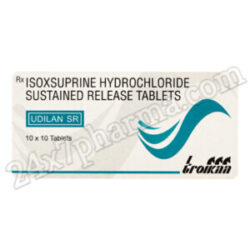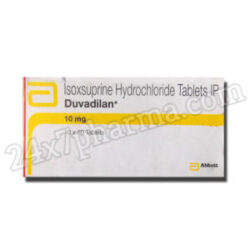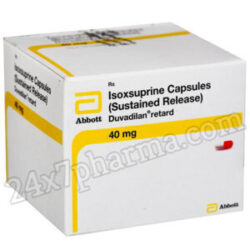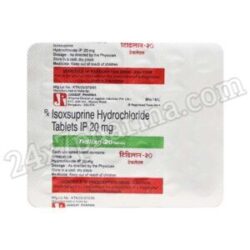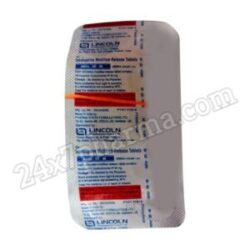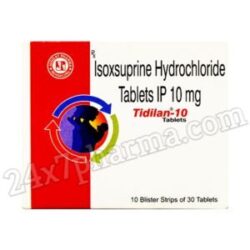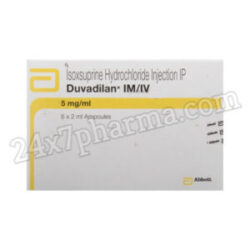Peripheral Hypertension
Showing all 11 resultsSorted by latest
Niacin NF 500mg Tablet 30’S
Original price was: $15.$13Current price is: $13.Udilan SR Tablet 30’S
Original price was: $20.$17Current price is: $17.Trental 400 mg Tablet 15s
Original price was: $8.$7Current price is: $7.Niacin NF 1000mg Tablet 30’S
Original price was: $15.$13Current price is: $13.Gestakind SR Capsule 30’s
Original price was: $18.$15Current price is: $15.Duvadilan 10mg Tablet 50’S
Original price was: $10.$9Current price is: $9.Duvadilan Retard 40mg Capsule 30’S
Original price was: $25.$20Current price is: $20.Tidilan 20mg Tablet 30’S
Original price was: $9.$7Current price is: $7.Adilin SR 40 Tablet 30’s
Original price was: $15.$13Current price is: $13.Tidilan 10mg Tablet 30’S
Original price was: $7.$6Current price is: $6.Duvadilan 5mg Injection 6X2ml
Original price was: $10.$8Current price is: $8.Peripheral hypertension may occur in people who have high blood pressure. This is a condition when your arteries have an abnormally high blood pressure. The blood channels known as arteries transport blood from your heart to the rest of your body. Numerous issues might arise when these vessels are damaged.
What are the symptoms of peripheral hypertension?
Leg and foot discomfort is the most typical sign of peripheral hypertension. Your arteries were harmed by excessive blood pressure, which is the source of this pain. Additional signs include:
- Numbness or tingling in your legs and feet
- Weakness in your legs and feet
- Swelling in your legs and feet
- Changes in your skin color (pale, red, or blue)
- Coldness in your legs and feet
- Hair loss on your legs and feet
Any of these symptoms warrants an immediate visit to the doctor. It’s crucial to receive a diagnosis from a medical expert because these symptoms might be brought on by other illnesses.
How is peripheral hypertension diagnosed?
Beginning with a physical examination, your doctor will probably inquire about your medical background. In addition, they could request certain tests to validate the diagnosis. These tests might consist of:
Ankle-brachial index: This examination compares the blood pressure in your upper arms to the blood pressure in your ankles. An average ankle-brachial index ranges from 1.10 to 1.40. Any value less than 1.10 indicates peripheral artery disease.
Doppler ultrasound: During this examination, sound waves are used to produce photographs of your arteries’ blood flow. This can assist in identifying regions where arteries are obstructed or constricted.
MRI or CT scan: These imaging procedures can produce precise images of your arteries that reveal whether or not they are obstructed or constricted.
Your doctor will be able to determine whether you have peripheral hypertension following the completion of these tests, at which point a treatment strategy will be created. Depending on how serious the issue is, there are several treatment options available, including dietary modifications, prescription drugs, surgery, or a combination of these.
Following your treatment plan and seeing your doctor frequently are crucial if you have peripheral hypertension in order to prevent the illness from getting worse. Most sufferers of this illness may have regular, healthy lives with the right care.
Conclusion
Peripheral hypertension is a disorder when your arteries have too high blood pressure. This can harm these blood vessels, resulting in issues including discomfort, numbness, swelling, and changes in the colour of your legs’ and feet’s skin.
If you experience any of these signs, make an appointment with a doctor straight once so that you can receive a precise diagnosis and start treatment right away. Most individuals with this illness can have regular lives if given the right care.


